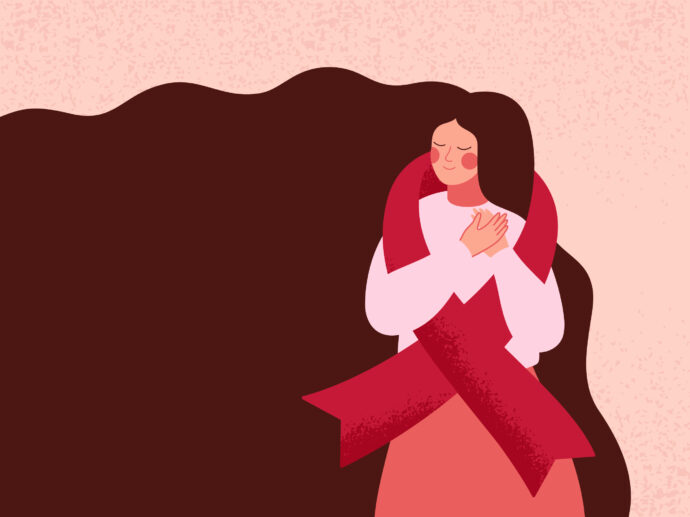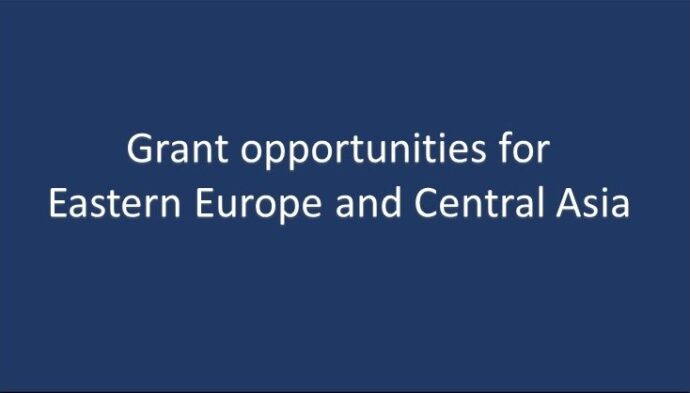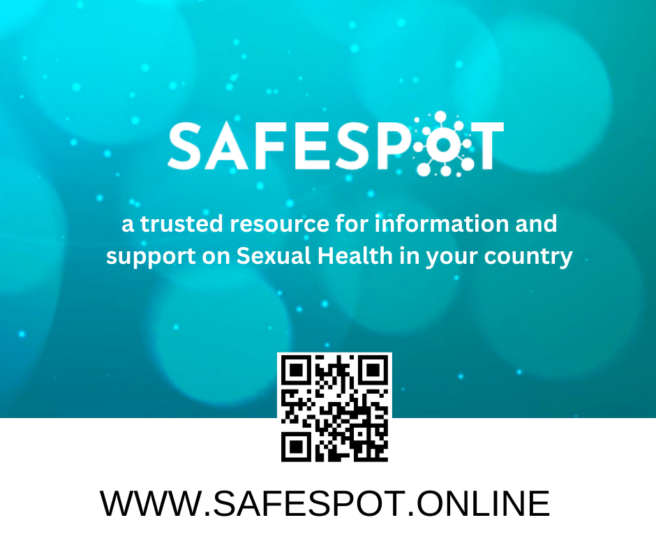Author: Olesya Kravchuk, AFEW International
A photo exhibition dedicated to the World Tuberculosis Day will be opened in Almaty, Kazakhstan on March 18. The purpose of this exhibition is to show that people living with HIV or tuberculosis are the same as everyone else. This exhibition is one of the first important public events held by AFEW-Kazakhstan in 2017. We are talking about this and discussing other plans for this year with the executive director of AIDS Foundation East-West in Kazakhstan, Roman Dudnik.
– How was the year of 2016 for you? What were the new and exciting things that happened?
– Even though the year of 2016 was difficult, it was successful for us. We moved to a different office. Before, we were in the small office building. Now we are in the new building with much more space. The repairs were made based on our requirements, using our colours. There is a very good energy here, and it helps to work good.
In 2016 we finished the first part of the project HIV React that is financed by USAID/Central Asia, and we got the extension for the next three years. This is our main project. It is regional: we work in Kazakhstan, Kyrgyzstan and Tajikistan. Being the part of this project, we are working in preventing HIV among injecting drug users in prisons. We also work with people living with HIV who are getting ready to be released, and those who are already released. With specially developed START plus program, we prepare a person for his release two months before it happens, and then continue to work with a person for another four months after the release. Additionally, we train medical and non-medical staff of correctional facilities and employees of non-governmental organizations. This program is unique and does not work in many countries of the world. All efforts are aimed at preventing HIV infection and supporting those who live with HIV. The main goal, of course, is to encourage a person to get tested for HIV. If the test is positive, then we send a person to the AIDS centre, and we motivate him to start treatment with antiretroviral medicine, if necessary. We also help to restore needed documents, find jobs, renew social connections. This program is unique because it has a human face. We are aimed at a specific person, at solving of his or her problems. We also try to form skills so that people can solve their problems in the future themselves.
– Working in three countries in Central Asia with the same groups of population in HIV React project, can you observe the common tendencies?
– The general trends in all three countries are that HIV in places of detention exists, and the number of new cases of HIV transmission is increasing. Convicts is the group that requires intense attention and constant work. There is a very high level of stigma from prison staff. Of course, the reason for this is a lack of information, and this is what we are trying to correct through the trainings. The most successful project is implemented in Kyrgyzstan, where the criminal executive system is more open and sympathetic to such activities. In Kazakhstan and Tajikistan it is a little more difficult, but despite this, we manage to work and implement all planned activities within the framework of the project.
– Besides this, what were other projects that you worked on in 2016?
– Since January we started with the new City Health project with the financial support of the Global Fund, where the main grant recipient is the International Charitable Foundation “Alliance for Public Health”. The project works in five cities of the EECA region. We are responsible for work in Almaty. Implementing this project, we will involve the city administration in the prevention of HIV infection among vulnerable groups: injecting drug users, men who have sex with men, and sex workers. We plan to create a city council on HIV/AIDS. We know that the project is not simple, but it is interesting for us. For Almaty, the project is very important, since it is the most populated city in the country, and the problem of HIV infection is especially relevant here. It will be important for us to make this a successful model and to duplicate this experience to other cities and countries.
– A year ago you had a school of tolerance, the goal of which was to reduce stigma on the part of health care providers. Please, tell us if you can see the results of this school?
– It is difficult and too early to talk about the results. Stigma and discrimination are big problems for Kazakhstan and whole Central Asia, and this is one of our main areas of work. One school of tolerance cannot solve this issue. Without any doubt, there is a big difference in how people come to the training, and what they think after three or five days of the training. In our training, we focus on the personal qualities of a person, perform the situations when the participant himself acts as a client or the representative of a vulnerable group, and is experiencing everything what the client is experiencing by himself. Human intolerance was formed long ago, and one year of work cannot change it. Nevertheless, there is already some progress in this field.
– On the 18th of March you will have the photo exhibition dedicated to the World Tuberculosis Day. Please, tell us more about it.
– The exhibition is intersecting with the topic of stigma and discrimination. We invite everybody to come and see it. It will be held from 18 to 31 of March in the gallery June 24. During the exhibition, there will be master classes, lectures, and talks with people who are depicted on the photos. On the photos, there are 15 Kazakhstani people who live with HIV, or who were cured of tuberculosis. The name of the exhibition Life in the Shadow speaks for itself, because due to the human ignorance, the heroes of our photos should hide their diagnosis from others and live with their problem alone in fear. Now they have opened their faces for the exhibition and they are not afraid to share their experiences. By each photo, there is a written piece with the story of the person: what he was going through, what he was thinking about. The purpose of the exhibition is to shed light on everyday life of people affected by HIV and tuberculosis. They are just like us. The only difference is that they know their diagnosis and they have to fight for their health. Myths and prejudices about HIV and tuberculosis make them hide this part of their lives. Although, the understanding and support of others is what helps them to defeat the disease. The exhibition is positive; people are smiling on the photos. We made only colour photos that show people in everyday life: in the flower shop, in the metro, during painting. During the exhibition, we will tell the visitors about HIV and tuberculosis, tolerance. We will also distribute flyers with the information about where you can bring, for example, bags with clothes that are no longer needed and help people who live with HIV in such a way.
– Even though it is almost the end of the first quarter of 2017, I still would like to ask you about the plans of AFEW-Kazakhstan for this year.
– We plan to work with our projects further. In April, we will be having big regional training about gender violence. We already invited a very good professional in this field to be our trainer. This is a new topic for us, and everything new is interesting for us.





